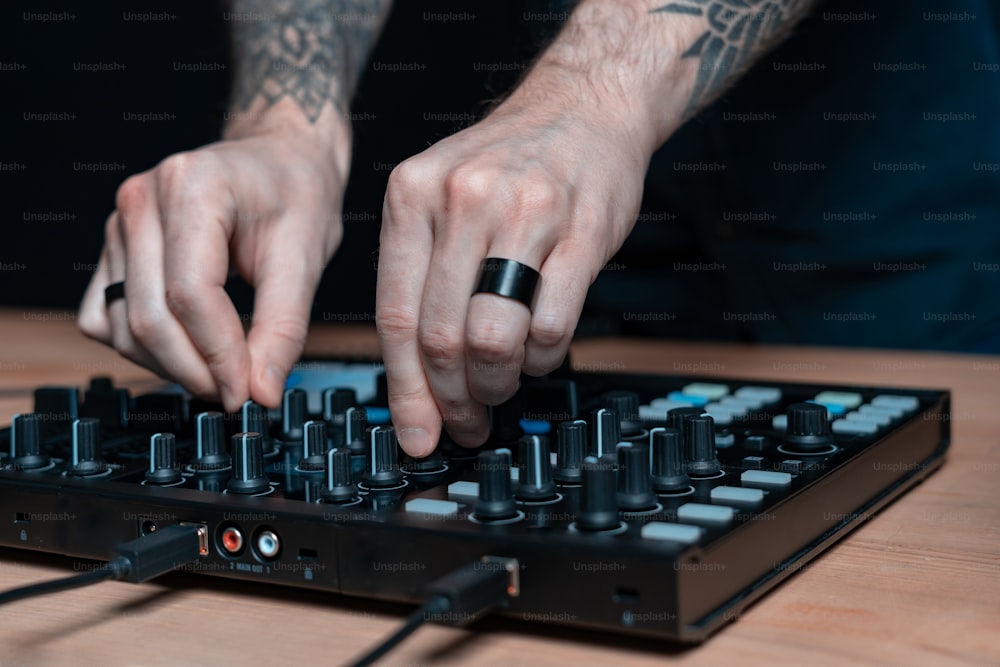To visit this link means to step into the realm of high-fidelity audio and understand the debate between analog and digital sound quality. Audio Perfectionist from Malaysia often find themselves at a crossroads, evaluating the merits and limitations of each format to create the ultimate listening experience. This comprehensive comparison aims to shed light on the distinct characteristics of analog and digital audio, helping enthusiasts make informed decisions about their audio setups.
Understanding Analog and Digital Audio
Analog Audio: Analog sound reproduction mimics the original sound waves through continuous signals. Vinyl records and tape are prime examples, celebrated for their warmth and naturalness. Analog aficionados often cite a more “authentic” listening experience, claiming it captures the essence of a live performance.
Digital Audio: Digital audio represents sound as binary data, converting the continuous analog signal into a numerical representation. CDs, MP3s, and streaming services fall under this category. Digital formats are prized for their clarity, consistency, and convenience, offering a clean sound free from the pops and hisses associated with analog formats.
Sound Quality and Characteristics
Warmth vs. Clarity: Analog audio is often described as having a “warm” sound, attributed to its natural harmonic distortions and the physical medium’s limitations. Digital audio, conversely, is celebrated for its clarity and precision, capable of producing a wide dynamic range without the background noise inherent to analog formats.
Dynamic Range: The dynamic range is the difference between the softest and loudest sounds a system can produce. Digital formats generally offer a wider dynamic range than analog systems, which can be constrained by the physical medium’s noise floor (e.g., surface noise on vinyl).
Resolution and Detail: Digital audio allows for high-resolution formats that surpass the limitations of analog mediums, capturing more detail and subtleties in the music. However, some argue that this increased resolution can result in a sound that feels “sterile” compared to the organic nature of analog recordings.
The Listener’s Experience
Subjectivity in Sound: Preference between analog and digital often comes down to personal taste. Some listeners prefer the warmth and character of analog recordings, while others prioritize the cleanliness and detail of digital formats.
The Role of Equipment: The quality of playback equipment significantly affects the listening experience. High-end turntables, DACs (Digital-to-Analog Converters), and amplifiers can enhance the strengths and mitigate the weaknesses of both formats.
Practical Considerations: Beyond sound quality, practical factors like convenience, availability of recordings, and cost also play a role in choosing between analog and digital. Digital formats, especially streaming services, offer unparalleled access to music, while analog formats appeal to collectors and those seeking a tactile listening experience.
Conclusion
Visit this link can let us understand the debate between analog and digital audio is not about declaring a definitive winner but understanding each format’s unique qualities. For audio perfectionists, the choice between analog and digital often boils down to a combination of personal preference, practicality, and the pursuit of sonic excellence. By appreciating the nuances of both formats, audiophiles can curate a listening experience that resonates with their individual tastes and aspirations.


